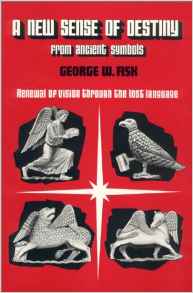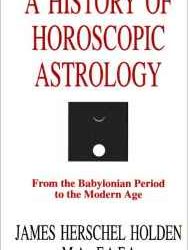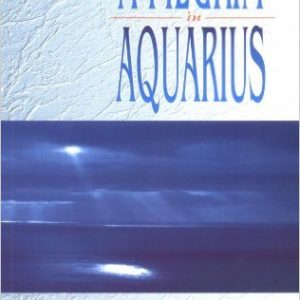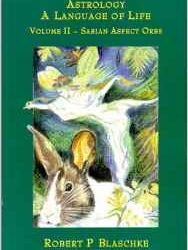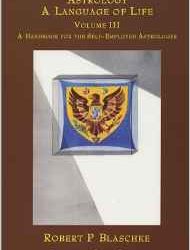Description
The 21st Century, the beginning of a millennium, cries out for a new vision of who we are and what our future might be. Old boundaries and ancient languages have kept us too long from understanding each other. A greater vision of who we have been and what we may become rises to view in A NEW SENSE OF DESTINY from Ancient Symbols by Dr. George W Fisk. The author, a Christian pastor, believes certain ancient symbols found on medieval cathedrals for the benefit of the illiterate worshippers have the power to communicate for peace and understanding when written words have failed.
Over aeons and aeons of time, long before the availability of the written word, stargazers developed stories about the people, birds and animals they saw in the night skies. Much of their conversation was expressed in terms of these glowing symbols. Using their terminology he gives new perceptions and warmth to the four gospels of the Christian Bible.
Also, importantly to the 21st century, he describes how symbols can unite us whereas written and spoken languages tend to erect walls of separation.. As he writes in the chapter, Enter the Computer: “In the new day of computer-human relationships the need for human beings to rediscover and expand the symbolic vocabulary of the ancients will exist more than ever.”
At the same time in the chapter, Bridging the Gulf between East and West, he writes on God being revealed through other faiths. He quotes S. Radhakrishnan professor at Oxford and leader of India who wrote in 1939, “The supreme task of our generation is to give a soul to the growing world-consciousness, to develop ideals and institutions necessary for the creative expression of the world soul, to transmit those loyalties and impulses to future generations and train them into world citizens.”
A NEW SENSE OF DESTINY gives thought-provoking vision into the 21st century.

